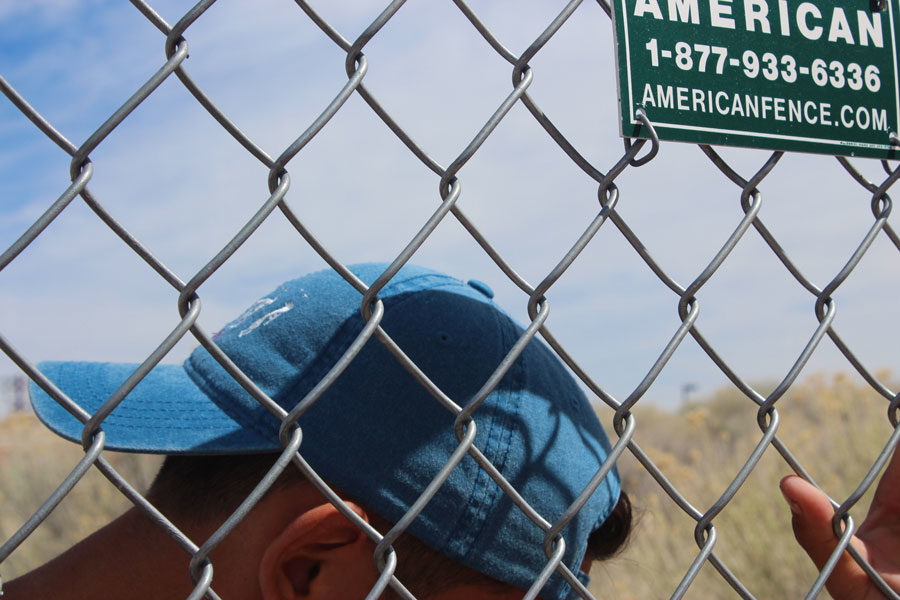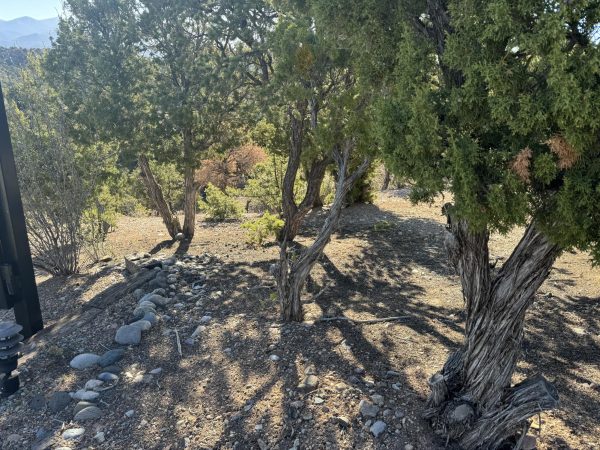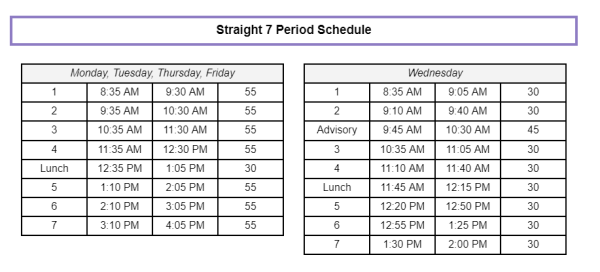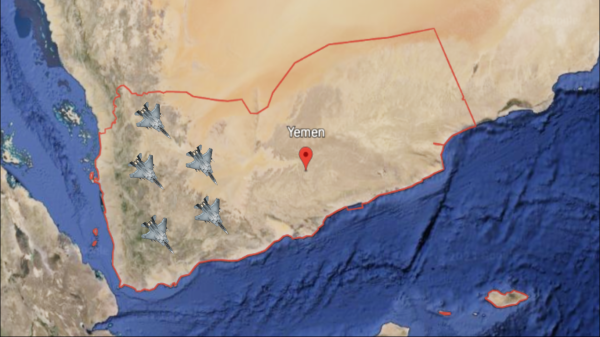The Border: Walls, Neighbors—and Politics
April 20, 2017
Braulio Guerra, a Mexican state politician, last month climbed the border fence that separates Mexico from the United States to make a statement that President Trump’s plan to build the wall is “absurd.”
Guerra, a representative of the state of Queretaro, said it was “easy to climb the wall, but there are many dangers for our people.” He added that building the wall would be an “absurd and unnecessary waste.”
The fence currently spans 700 miles along the American border with Mexico. The border itself spans 1,900 miles between Mexico and four states — California, New Mexico, Arizona and Texas.
The fence is sometimes 20-foot metal panels, sometimes battered metal sheeting and, on the open plains, X-shaped barriers. At times, it disappears in the ridgelines of border mountains.
The fence is not a pretty sight. According to the “New York Times,” stuck between the beams are old cell phones, wind-torn plastic bags with toothbrushes inside, discarded clothing and trash.
A Tijuana resident, Roberto Ramirez, told the “New York Times,” “Build two walls, or three walls, it’s not important. Those who want to cross will cross.” He also remembers when the children “played soccer in the open fields while parents planted cucumbers and tomatoes.”
Another Tijuana resident recalls when there was no wall, only cables running between wooden posts. Another recalls a few migrants drowning while trying to cross.
About 40 miles past Ciudad Juarez, the wall abruptly ends, as the Rio Grande becomes the border. Then there are hundreds of miles of unfenced land in rural Texas, include Big Bend National Park, known for its fantastic views and rugged desert beauty. The park hosts 118 miles of the Rio Grande, and therefore could host 118 miles of a border wall.
Locals living near Big Bend worry that a wall will harm tourism, threaten conservation efforts, and also threaten renewed efforts to create a binational protected area that straddles the border.
But for the people who are concerned with the aesthetic aspect of Trump’s wall, there is good news: In addition to being “30 feet high” and “difficult to climb or cut through,” the White House has released “border-wall requirements,” which include that the wall must also “look good from the outside.”
As Trump pledges to build a “beautiful wall,” many wonder what really is meant when taking in account how aggressively the frontier with Mexico has been defended by the drones and fences of the U.S. Border Patrol.
The number of deaths that occur because of those who attempt to cross illegally into the United States are in the hundreds: 240 deaths in 2015 alone, making it the lowest number in at least 18 years, with exposure being the leading cause.
According to data collected by the Border Patrol, attempts to cross the increasingly militarized border have resulted in a 27 percent increase of deaths along the border since 2012.
In “Before the Wall: Life Along the U.S.-Mexico Border,” Jose Pablo Sanchez Carrillo, 18, who lives in Tijuana, said this about the idea of Mexico paying for a new wall: “This guy is supposed to be a billionaire, right? Why the hell can’t he pay for it himself then? He’s the one who wants it.”
Some people on the border welcome a wall, believing it will reduce crime. Enrique Cervera, who lives on the Mexican side in the small town of Guerrero, said, “I am actually glad he is building that wall, because maybe it will help undermine
all those illegal activities.”
On the southernmost point of the border in Brownsville, Texas, Tony Zavaleta, 69, told the “New York Times” that the current fence cuts through his late father’s land. “They put the border wall right through the middle of it. The federal government didn’t ask me. No, they just sued us. It’s not a good feeling.”












